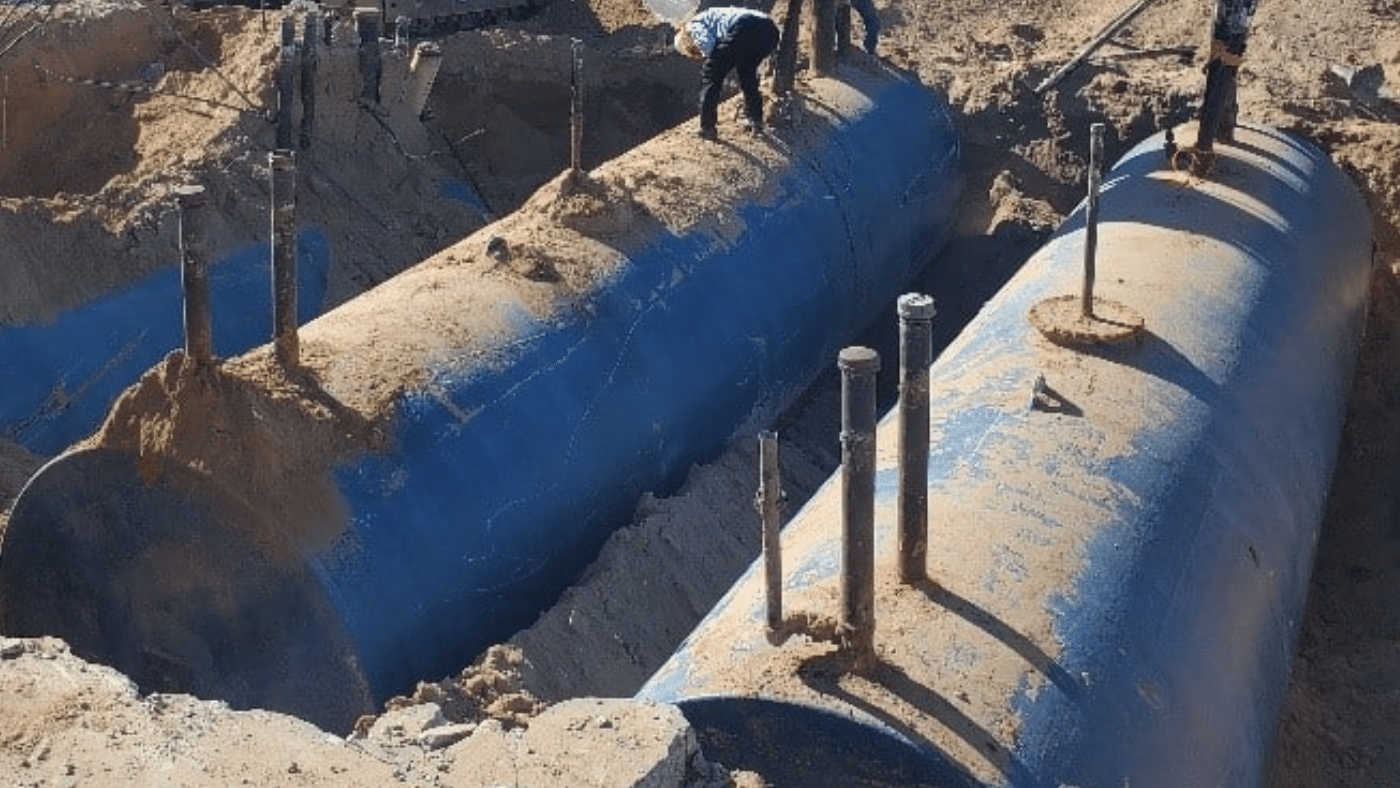Most environmental due diligence transactions today are typically a “last minute” function. This can be very risky considering the liability protection they are intended to provide. This blog will look at environmental due diligence from the perspective of buying or selling property with underground storage tanks (USTs). This is a much different transaction than buying a vacant lot or refinancing a loan.

What should you do before purchasing a property with existing USTs?
As mentioned above, buying a property with USTs brings substantial responsibilities. According to the Texas Commission on Environmental Quality (TCEQ) publication RG-475a, before making a purchase, you should evaluate the answers to these questions:
- Are the UST systems in compliance with all technical requirements?
- Is there contamination on the property, and, if so, do you have the financial resources for clean-up?
- If you do not plan to continue dispensing fuel, do you have the available resources to remove the tank(s) from service properly?
In order to answer these questions, you will need to gather as much information as possible from the previous owner to establish technical compliance with applicable local regulatory authority rules. Examples of pertinent information that may be obtained by the previous owner include the following:
- UST installation records and documentation of compliance
- Estimates of tank removal costs
- Facility’s historical information
- Important documents related to the USTs performance and maintenance (including records of installation, removal, upgrades, releases, and corrosion protection)
If any of these records are not available from the seller, you can also obtain documentation through other sources, such as UST contractors who performed the installation or repair work or from the environmental regulatory authority where the property is located.
What makes this type of transaction different than a routine Phase I Environmental Site Assessment (ESA)?
A typical Phase I ESA is usually completed to protect a new purchaser of the property from existing contamination at the time that they take ownership. It basically indicates “this is the condition of the property when they bought it.” A Phase I ESA identifies if the past use of the property included activities that may have resulted in a release(s) of contaminants to the environment (soil, groundwater, soil vapor), which is referred to as a recognized environmental condition (REC[s]). If contamination is identified, the new owner can be confident defending that they did not cause the contamination, as their use of the property does not overlap the previous use. However, when you are purchasing a property with USTs where you will continue the same operations, continuing operations may overlap, and the differentiation of what contamination was released at what time becomes more difficult. Often times these clients are not necessarily expecting a clean site or a site with no RECs; instead, they may want to know how big of an issue is it?
Existing UST Systems
Unless the seller specifically maintains ownership of the USTs, USTs that remain in the ground at the time of the sale of the property are considered part of the property and are transferred with it. Once the property is purchased with the USTs remaining in place, the buyer is responsible for keeping, or making, the USTs compliant with applicable local and federal rules. If the UST system is going to be used, the following components must generally comply with the applicable local and/or state standards:
- release detection,
- corrosion protection,
- spill and overfill prevention equipment,
- financial assurance,
- registration and self-certification,
- operator training,
- recordkeeping, and
- any other requirements that apply.
If the UST system will not be used, an option for temporarily removing the UST system from service may be available. For example, the process for temporarily removing a UST system in Texas is described in 30 TAC 334.54 and outlined in Temporarily Removing PSTs from Service (TCEQ publication RG-475l).
The options for permanently removing the UST system from service are described below:
- removal from the ground,
- abandonment in place, or
- permanent change in service.
No matter which option you choose to permanently remove the UST system, the work must be completed by a licensed UST contractor and a comprehensive site assessment must be performed to determine whether a release has occurred.
Removed UST Systems
If the UST system has been permanently removed from service prior to the purchase if the property, the buyer should request a copy of the Release Determination Report (RDR) or other report documenting the removal of the UST system and any confirmation sampling that may have been conducted. If the UST system has been removed from the property, it is very important as the buyer to determine whether the state regulatory authority has issued a “no further action” letter to a previous owner indicating that the property needs no further action.
Reporting Responsibilities of Sellers and Purchasers of USTs
A summary of general notification and recordkeeping requirements when property with USTs is sold or purchased is described in the table below. Please note that requirements vary by state.
| Responsible Party | Action |
| Seller | Written disclosure that the tank is regulated by the state regulatory authority before the property is transferred to the purchaser. |
| Purchaser | Update and submit required documentation to clarify tank status and ownership registration. This is generally required within 30 days of sale. |
| Purchaser | Alert proper authorities prior to major construction activities related to UST status changes. |
| Purchaser | Recordkeeping in accordance with local authorities. |
If you should have any questions or need additional information regarding this subject please contact The Vertex Companies, LLC by calling (214) 499-9234. One of our nationwide consultants will be happy to assist.
Authored by Holly Najar, Engineer II, and Tyler Martin, Project Manager II, of The Vertex Companies, LLC.





